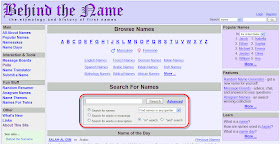I recently created a poster kit for the fourth grade Common Core Standards. A co-worker needed something that was colorful and kid-friendly, but that wouldn't require a lot of color ink (ink jet printer ink is expensive!) We came up with the idea of making the poster "modular." The kit is made of several parts. The parts that have color are used over and over. The standards themselves, which require the most printing, are black and white. All the parts can be printed on letter size paper.
 The art in the poster kit comes in
The art in the poster kit comes in If you you would like a poster kit like this one for your grade, I'd love to hear from you. Please leave a comment below. In the comment, let me know what grade and what theme you would like to have. Or you can contact me through my store on TPT. Happy teaching!
You can download the grade 4 Common Core Standards posters at this link.
Copyright 2011 Steve Gipson












